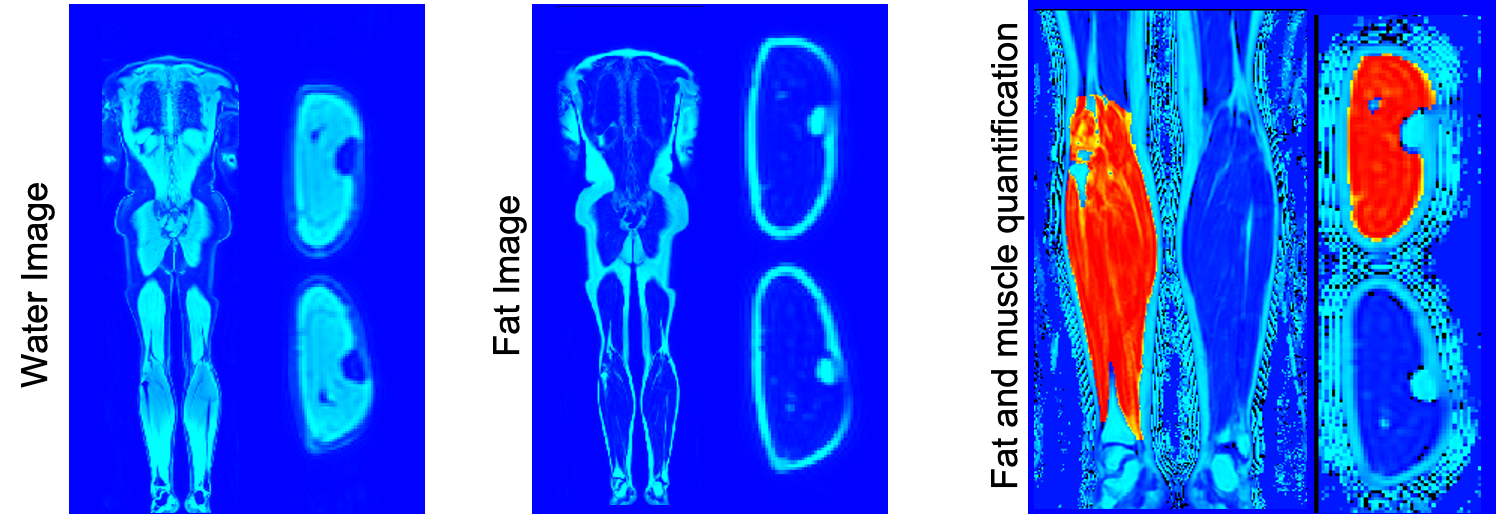Using MRI to elucidate the importance of physical activity to brain health and motor function in ageing.
Rosemary Nicholas, PhD funded by the MRC/Versus Arthritis Centre for Musculoskeletal Ageing Research (CMAR), supervisors Professor Paul Greenhaff and Professor Sue Francis
We live in an increasingly ageing population, understanding the mechanisms of the ageing process and the role of environmental factors, such as physical activity levels, in modulating these responses is key. The overarching aim of this study is to understand the effects of physical activity on age-related changes to the structure and function of the body, and isolate changes due to ageing from those due to inactivity. To do this, in sedentary, male healthy older and age-matched lifelong exercisers (cyclists and sprinters) are undergoing MR scans at rest, during exercise using a Ergospect Cardio Step module, and during a recovery period post-exercise to investigate changes in brain structure and function (cerebral perfusion and oxygen extraction), cardiac function and musculoskeletal composition. Prior to the scan session a subject-specific level of moderate intensity exercise is determined, as well as strength, fatigue and cognitive measures. The MR protocol is summarized below. Brain structural scans allow us to investigate: white and grey matter volume and cortical thickness, and specific regions of interest such as the hippocampus; brain lesions and hyperintensities; structural connectivity and integrity; blood vessel size and density. Muscle and fat volumes can be extracted from whole body mDIXON scans through an automated pipeline in development. This includes dynamic functional measures providing insight of brain haemodynamic and oxygenation changes during and immediately after exercise, cardiac output (aortic flow and 2-chamber and 4-chamber cine), cerebral blood flow (CBF) using PC-MRI of left and right cerebral arteries and the basilar artery,arterial spin-labelling (ASL) to measure brain perfusion, T2-relaxation-under-spin-tagging (TRUST) and susceptibility weighted imaging (SWI) for brain venous oxygenation (Yv) and oxygen extraction fraction (OEF) during exercise. This project will provide valuable insight of the impact that life-long exercise prescription has on physiological health in old age, i.e. healthy ageing.
